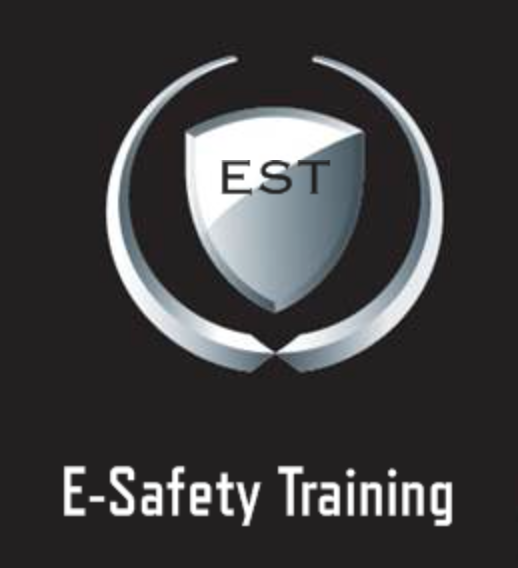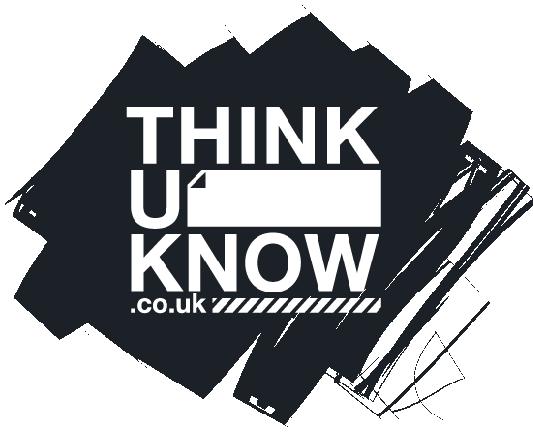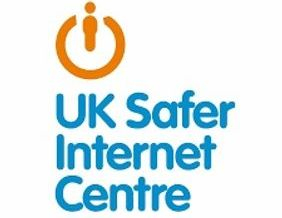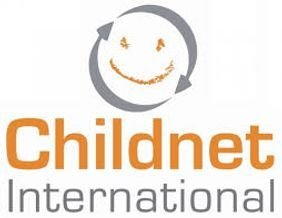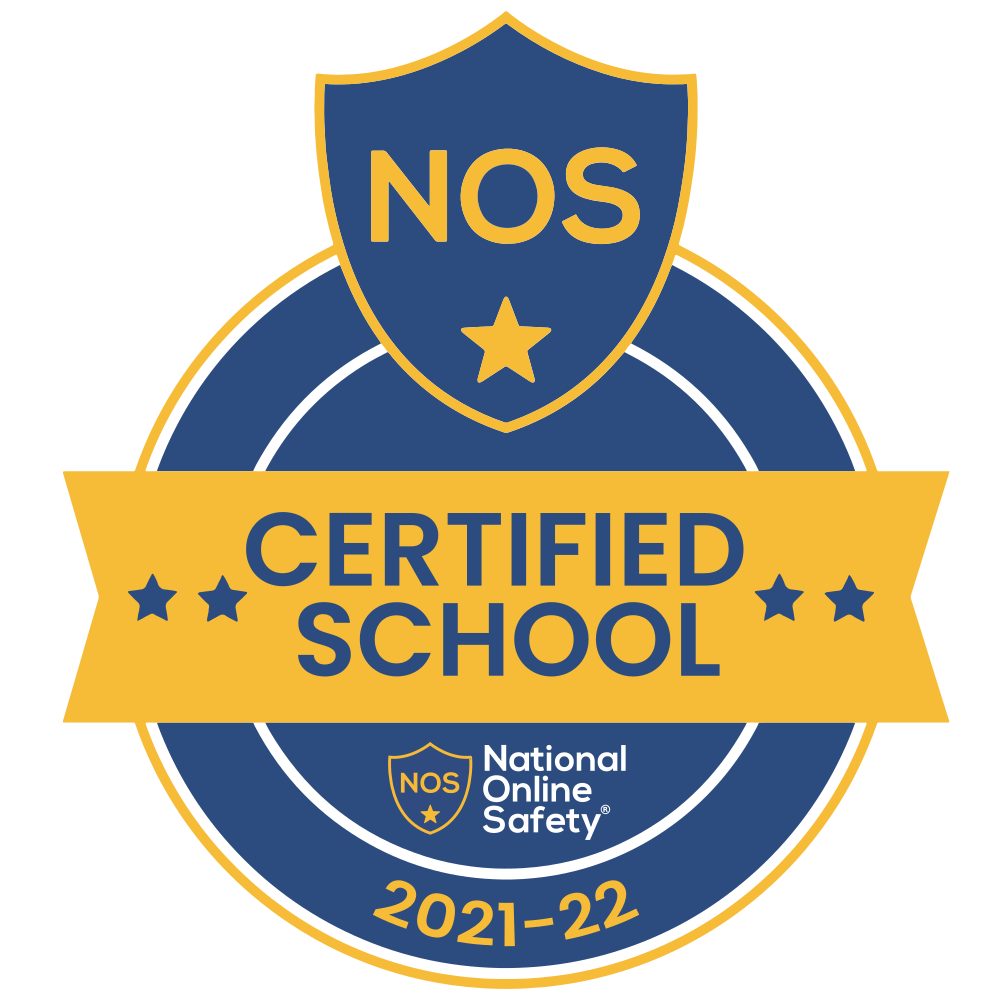E-safety/Computing Newsletter
E-Safety encompasses not only Internet technologies but also electronic communications via mobile phones, games consoles and wireless technology. It highlights the need to educate children and young people about the benefits, risks and responsibilities of using information technology.
- e-Safety concerns safeguarding children and young people in the digital world.
- e-Safety emphasises learning to understand and use new technologies in a positive way.
- e-Safety is less about restriction and more about education about the risks as well as the benefits so we can feel confident online.
- e-Safety is concerned with supporting children and young people to develop safer online behaviours both in and out of school.
The Internet is an unmanaged, open communications channel. The World Wide Web, email, blogs and social networks all transmit information using the Internet’s communication infrastructure internationally at low cost. Anyone can send messages, discuss ideas and publish material with little restriction. These features of the Internet make it an invaluable resource used by millions of people every day.
Pupils need to develop critical skills to evaluate online material and learn that publishing personal information could compromise their security and that of others. Schools have a duty of care to enable pupils to use on-line systems safely.
'The Two Johns'
If you you like more information and/or further e-safety resources we recommend using the EST E-safety Training website which is run by John Woodley and John Staines, 'The Two Johns', who visit us every year and run workshops for pupils, staff and parents. This website is incredibly useful as it not only provides information about staying safe online but also updates and important information about the games and apps your children are using. You can access their many resources at: http://www.esafetytraining.org/resources
Here are some really helpful e-safety websites for you:
- Child Exploitation and Online Protection command
www.ceop.police.uk/safety-centre - Internet Watch Foundation
www.iwf.org.uk - Report Harmful Content
www.reportharmfulcontent.com - Childline - Remove Inappropriate Images
www.childline.org.uk/remove-nude-image-shared-online/
Additional resources


